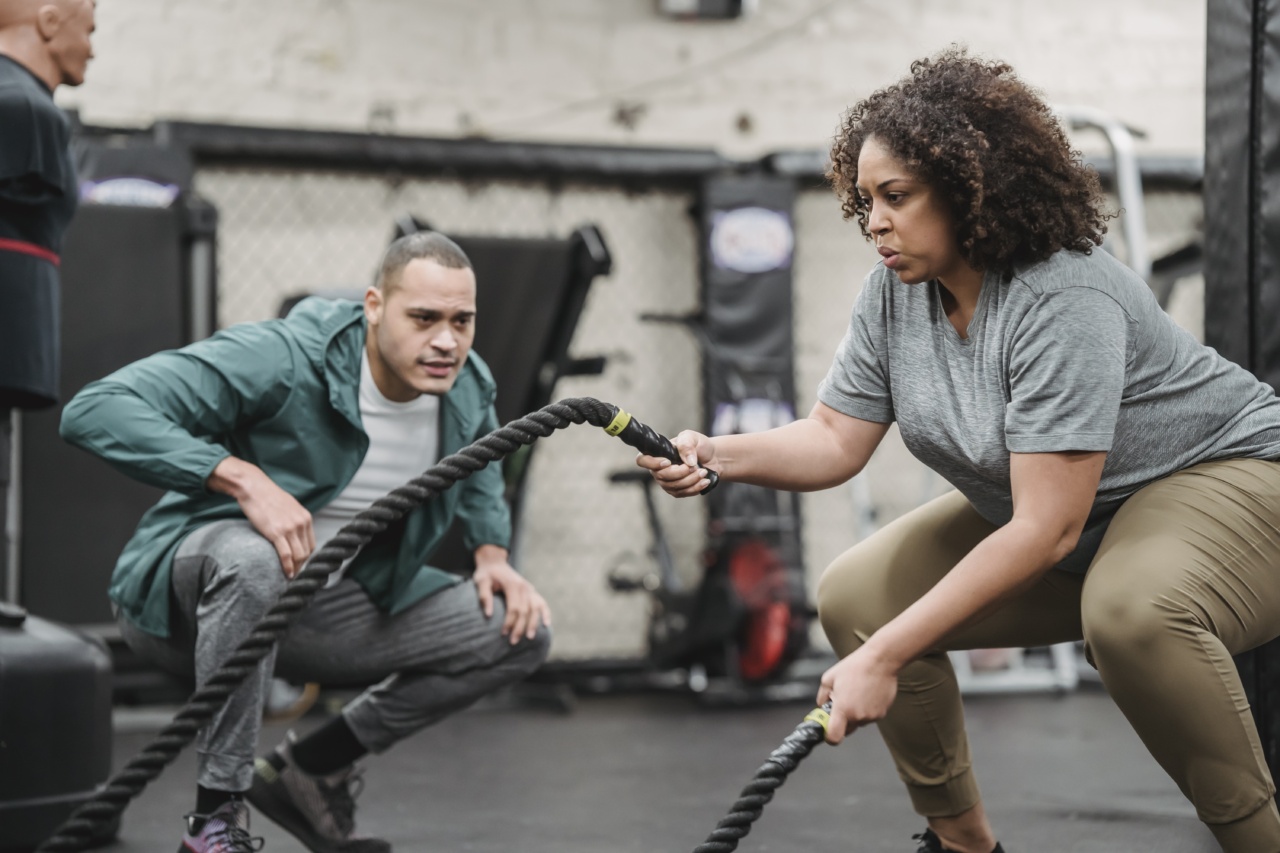Parkinson’s disease is a progressive neurodegenerative disorder that affects millions of people worldwide. It is characterized by a loss of dopamine-producing cells in the brain, leading to a variety of motor and non-motor symptoms.
While there is no cure for Parkinson’s disease, research has shown that certain lifestyle factors, such as regular exercise, can have a significant impact on slowing down the progression of the disease.
The Link Between Physical Activity and Parkinson’s Disease
Over the years, several studies have demonstrated the positive effects of regular physical activity on Parkinson’s disease.
One study published in the Journal of Parkinson’s Disease found that individuals who engage in intense physical activity have slower deterioration of motor skills compared to those who are sedentary or engage in less intense activities.
Physical activity helps in many ways. It increases dopamine release in the brain, which is crucial for motor control. It also promotes neuroplasticity, which is the brain’s ability to reorganize and form new neural connections.
Regular exercise can also improve cardiovascular fitness, muscle strength, and flexibility, all of which contribute to overall physical well-being for individuals with Parkinson’s.
Types of Physical Activities Beneficial for Parkinson’s Disease
When it comes to physical activity and Parkinson’s disease, not all exercises are created equal. Certain types of activities have shown more significant benefits in managing the symptoms and slowing down the progression of the disease.
Below are a few examples:.
1. Aerobic Exercise
Aerobic exercises such as brisk walking, cycling, swimming, and dancing have been shown to improve cardiovascular health and increase oxygen flow to the brain.
These activities help in maintaining a healthy weight and reducing the risk of cardiovascular diseases, which can be prevalent in individuals with Parkinson’s disease.
2. High-Intensity Interval Training
High-Intensity Interval Training (HIIT) involves short bursts of intense exercise followed by periods of rest or lower-intensity movements.
HIIT workouts have been found to be particularly effective in improving cardiovascular fitness, boosting metabolism, and enhancing neuroplasticity.
3. Balance and Coordination Exercises
Balance and coordination exercises are crucial for individuals with Parkinson’s disease as they often experience difficulties in maintaining balance and motor control.
Activities such as yoga, tai chi, and specific balance exercises can help improve stability, reduce falls, and enhance overall mobility.
4. Strength Training
Strength training exercises help in maintaining and building muscle strength, which can be beneficial for individuals with Parkinson’s disease who often experience muscle weakness and loss.
Resistance training using weights or resistance bands, for example, can improve muscle strength and flexibility.
5. Mind-Body Exercises
Mind-body exercises like yoga and tai chi combine physical activity with mental relaxation and focus.
These exercises have shown to be particularly effective in reducing stress, anxiety, and depression, which are common non-motor symptoms associated with Parkinson’s disease.
6. Sports and Outdoor Activities
Participating in sports or outdoor activities such as tennis, golf, hiking, or swimming offers a wide range of physical and mental health benefits for individuals with Parkinson’s disease.
Social interactions, enjoyment, and exposure to nature can contribute positively to overall well-being.
The Importance of Intensity
While any physical activity is better than none, research suggests that higher-intensity exercise may provide greater benefits for individuals with Parkinson’s disease.
A study published in the Journal of Neurophysiology found that high-intensity exercise can lead to improved motor function, dopamine release, and neuroplasticity compared to moderate-intensity exercise.
It’s important to note that individuals with Parkinson’s disease should consult their healthcare providers before starting any new exercise program.
This is to ensure that the chosen activities and intensity levels are appropriate for their individual needs and capabilities.
Conclusion
Engaging in intense physical activity can significantly slow down the progression of Parkinson’s disease.
Whether it’s aerobic exercise, strength training, balance and coordination exercises, or mind-body practices, regular physical activity offers numerous benefits for individuals with Parkinson’s. It improves motor skills, strengthens muscles, and promotes overall physical and mental well-being. So, get moving and embrace the power of intense physical activity in the management and slowing down of Parkinson’s disease!.































